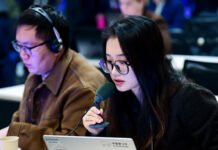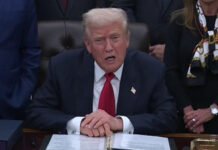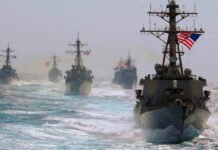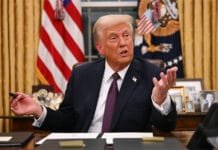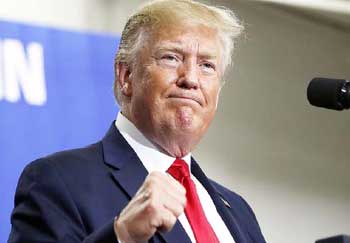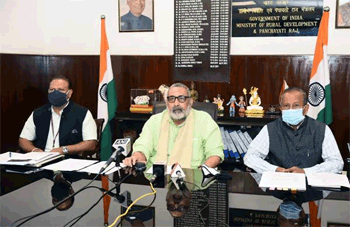The White House has confirmed that President Donald Trump will meet Chinese President Xi Jinping in South Korea at the end of October, a capstone moment of a multi-country Asia tour that U.S. officials say will include stops in Malaysia, Japan and South Korea. The bilateral sit-down — scheduled as leaders gather around Asia-Pacific Economic Cooperation (APEC) events — has immediate implications for trade, tariffs, technology controls and wider regional security diplomacy. Politico+1
“This meeting is part of a focused engagement to stabilise relations and pursue concrete outcomes,” White House spokespeople have said as U.S. teams prepare for high-level talks in the run-up to the summit. The meeting is set for October 30, according to official schedules released this week. Politico
Why this meeting matters economically
The Trump administration enters the talks amid sharp recent policy moves — including U.S. threats of steep tariffs and China’s expansion of export controls on critical materials such as rare earths — that have injected volatility into global markets. President Trump has publicly expressed optimism about striking a “fantastic deal” with Xi, while U.S. trade envoys are working parallel channels to buy time and narrow differences before the leaders meet. The outcome could shape whether trade tensions escalate into broader supply-chain disruption or return to managed competition. AP News+1
For business leaders and supply-chain managers, the dialogue is about more than tariffs: it touches semiconductors, rare earths, clean-energy components, and access to critical markets. Any agreement — tentative or partial — will ripple through commodity markets, investor sentiment and bilateral investment flows across the region.
Security and regional diplomacy on the table
Beyond economics, the encounter carries clear security dimensions. With tensions in the Taiwan Strait, North Korea’s recent missile activity, and an evolving U.S. posture in Southeast Asia, a Trump-Xi meeting provides both sides a platform to manage risk and to test each other’s limits. U.S. officials say the president will also discuss broader regional security objectives during the trip, which could include de-escalatory language or understandings on hot-button issues. Brookings+1
Analysts note two key security functions of the summit: first, it is a pressure valve — a place to lower diplomatic temperature and explore confidence-building steps; second, it is a signal. How the leaders frame the outcomes will send cues to allies in Japan, South Korea and ASEAN about Washington’s approach to China and overall U.S. commitment in Asia. Reuters
“When two leaders meet on the sidelines of APEC, it’s rarely just ceremonial. It’s a chance to redefine guardrails — or, if talks fail, to harden positions,” said a senior Asia-policy analyst who tracks U.S.-China diplomacy.
The logistical backdrop: an Asia swing with tight timelines
The meeting comes at the tail end of a busy regional swing. U.S. diplomats and economic teams have been shuttling through Southeast Asia in an effort to iron out trade and technology differences before the leaders’ encounter. Officials have said that, while the agenda remains fluid, there is strong interest on both sides to convert conversations into concrete, enforceable steps — or at least a framework for follow-up negotiations. yahoo.com+1
Possible outcomes — and risks
Observers outline several plausible outcomes:
A narrow economic truce — temporary tariff pauses or sectoral agreements that cool markets.
A broader framework — commitments on supply-chain transparency, technology export rules, or energy trade.
A stall or flare-up — public disagreements that crystallize a new, tougher round of restrictions.
Each carries risks. A deal perceived as lopsided could provoke domestic political backlash in either capital; a public rupture could accelerate decoupling dynamics and push allied countries to hedge more aggressively.
What to watch next
In the run-up to Oct. 30, watch for:
Joint readouts or a short communiqué after the meeting.
Moves by trade negotiators in Malaysia and trilateral conversations with allies.
Policy signals on tariffs, rare-earth controls, and technology export rules.
Any references to North Korea, Taiwan or military de-confliction measures.
The stakes are high: this encounter is more than a handshake photo-op. It is a moment where economic policy and strategic signaling will be packaged together — and judged by markets, militaries and millions of people across the Pacific.
“Whether they reach an agreement or not, the summit will define the tempo of U.S.-China ties for months to come,” said a former diplomat familiar with Taiwan-China policy.





